Maneki Neko: Japan's Lucky Cat
Maneki Neko, the charming beckoning cat, has captured hearts worldwide with its promise of good fortune and prosperity.
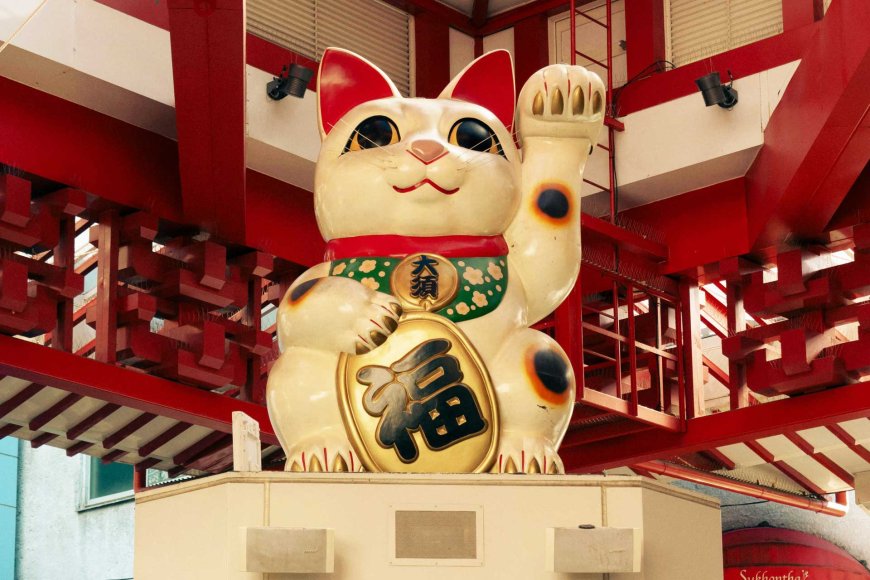
Mysteries and Meanings Behind the Popular Beckoning Cat
Maneki Neko, often referred to as the "beckoning cat," is a common talisman in Japan believed to bring good luck and fortune to its owner. This iconic feline figure can be found in homes, businesses, and temples across Japan and even around the world. But beyond its widespread presence, the Maneki Neko is steeped in a rich history and cultural significance that many may not be aware of.
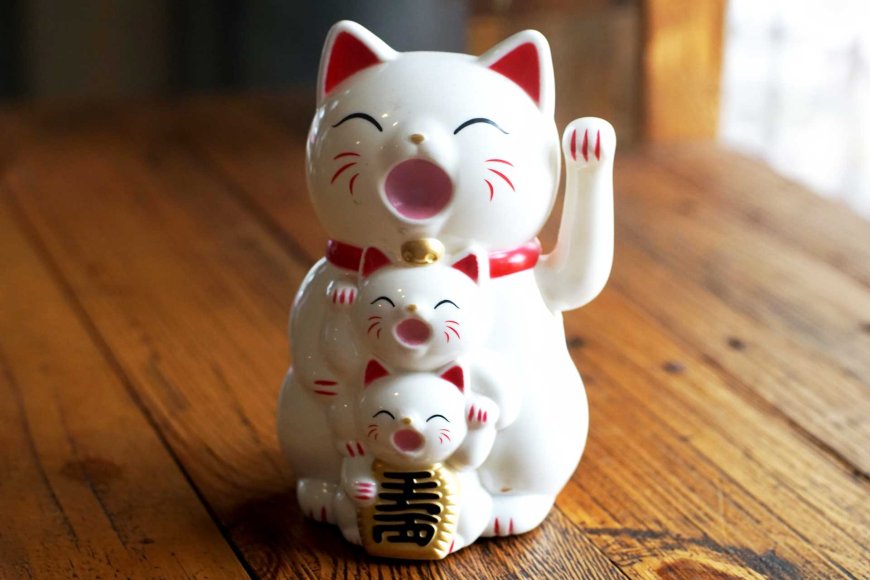
The origins of Maneki Neko are somewhat mysterious, with various legends and theories surrounding its creation. One popular story dates back to the Edo period in Japan (1603-1868), involving a poor temple priest and his cat. According to legend, a wealthy samurai was caught in a storm near the temple when he noticed the cat raising its paw as if beckoning him inside. Curious, the samurai followed the cat, and just as he entered the temple, a lightning bolt struck the spot where he had been standing. Grateful for the cat's life-saving gesture, the samurai donated money to the temple, which eventually became prosperous. After the cat's death, the priest honored it by creating a statue in its likeness, which eventually evolved into the Maneki Neko we know today.

The Design and Symbolism of Maneki Neko
Maneki Neko comes in various designs, each with its own meaning. The most common figure features a cat sitting upright, one paw raised in a beckoning gesture. The raised paw is one of the most important aspects of Maneki Neko, and its position can vary, often depending on the type of luck or fortune the owner wishes to attract.
- Left Paw Raised: A Maneki Neko with its left paw raised is believed to attract customers and visitors, making it a popular choice for businesses.
- Right Paw Raised: A Maneki Neko with its right paw raised is thought to invite good fortune and wealth, which is why it's often seen in shops and homes.
- Both Paws Raised: Some Maneki Neko figures feature both paws raised, symbolizing protection and the wish to safeguard both home and business from misfortune.
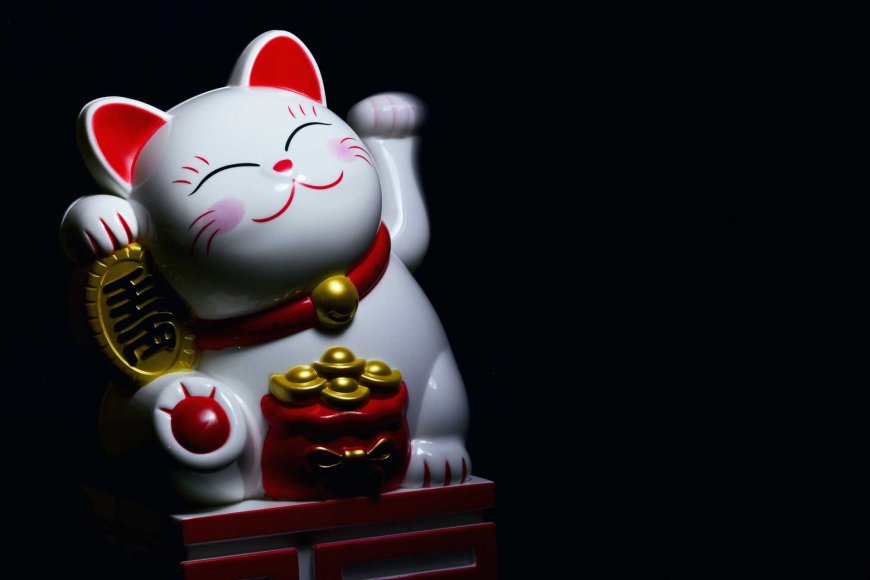
In addition to the raised paw, the color of the Maneki Neko also plays a significant role in its symbolism. The most common colors include:
- Calico: The traditional tri-colored cat, known as "mi-ke" in Japanese, is considered the luckiest of all. It is often associated with bringing general good fortune and prosperity.
- White: Symbolizing purity and happiness, a white Maneki Neko is believed to attract positive energy and blessings.
- Gold: A gold Maneki Neko is linked to wealth and prosperity, making it a popular choice for businesses.
- Black: A black Maneki Neko is thought to ward off evil spirits and offer protection.
- Red: Often associated with good health and warding off illness, a red Maneki Neko is a common choice for households.
- Green: Some Maneki Neko figures feature both paws raised, symbolizing protection and the wish to safeguard both home and business from misfortune.
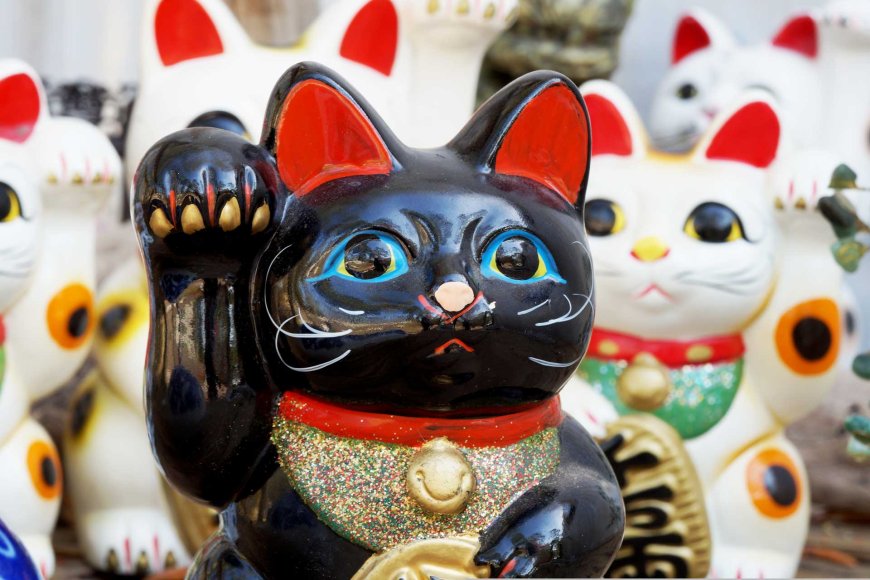
Cultural Significance and Global Influence
The Maneki Neko is more than just a good luck charm in Japan; it has become a cultural icon recognized around the world. In Japan, it is a common sight at the entrances of shops, restaurants, and pachinko parlors, where it is believed to attract customers and bring prosperity to the business. During the New Year, it is customary for businesses to replace their old Maneki Neko with a new one to ensure continued success.
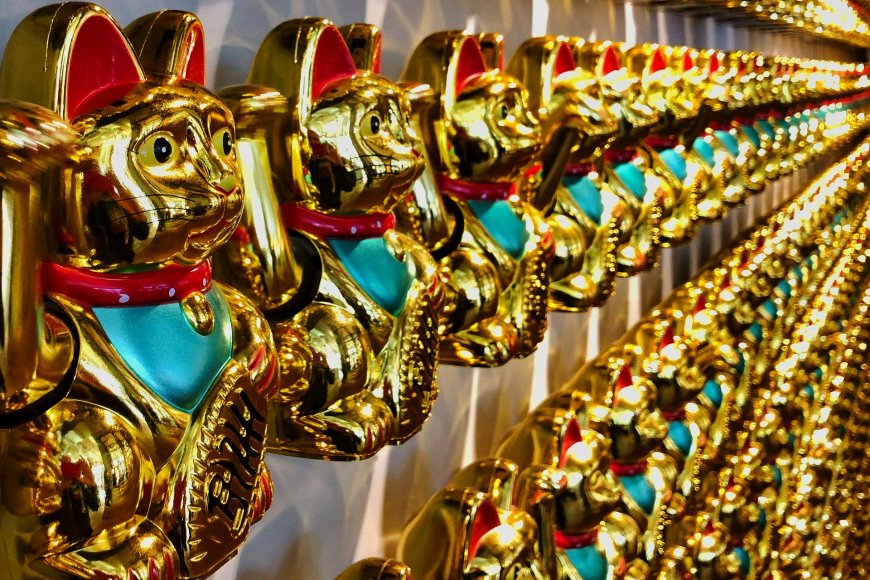
The influence of Maneki Neko has spread far beyond Japan's borders, particularly to other parts of Asia, such as China and Thailand, where the figure is also embraced as a symbol of luck and prosperity. In Western countries, the Maneki Neko has become a popular decorative item, often seen as a quirky and exotic piece of art. It is especially prominent in Chinatowns and Asian-themed businesses around the world, where it serves both as a nod to cultural heritage and as a talisman for good fortune.
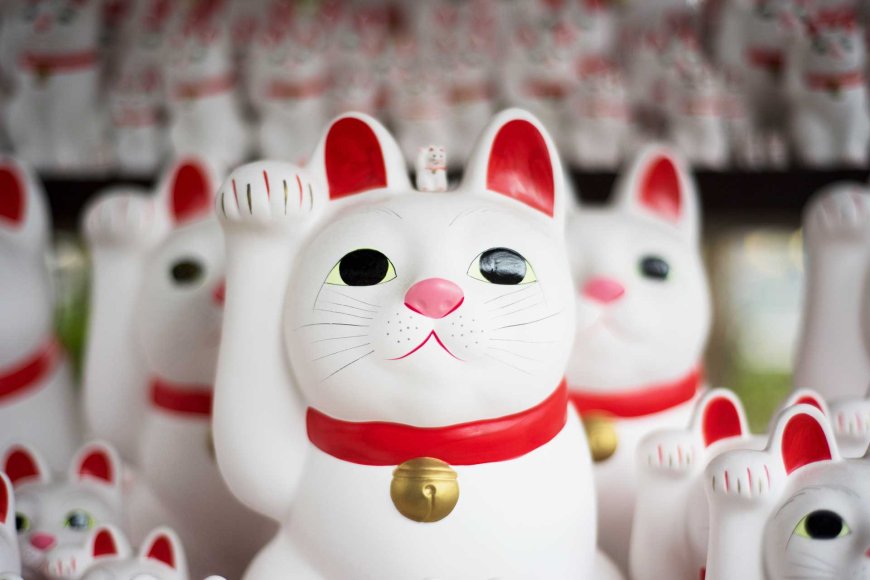
The Maneki Neko's popularity in contemporary culture is also reflected in its frequent appearances in various forms of media. From anime and manga to films and advertisements, the beckoning cat has become a recognizable symbol of luck, often portrayed as a character in its own right. Its charm and appeal transcend cultural boundaries, making it a beloved figure in the global imagination.
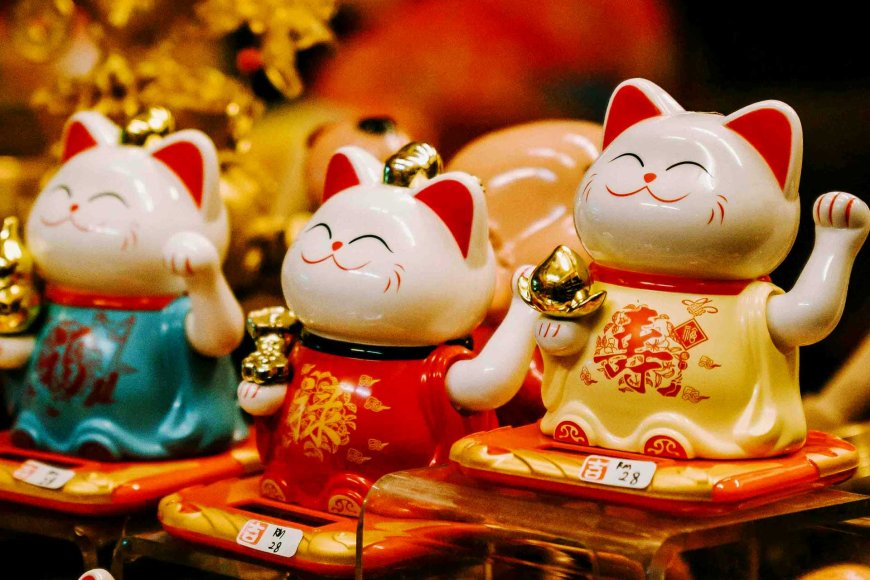
The Enduring Legacy of Maneki Neko
The Maneki Neko has come a long way from its humble beginnings in Japanese folklore. Today, it stands as a powerful symbol of good luck and prosperity, revered by people across the world. Its enduring legacy lies not only in its ability to attract fortune but also in its representation of hope, protection, and positive energy. Whether placed at the entrance of a bustling business or adorning a shelf in a cozy home, the Maneki Neko continues to beckon good fortune to all who welcome it into their lives.
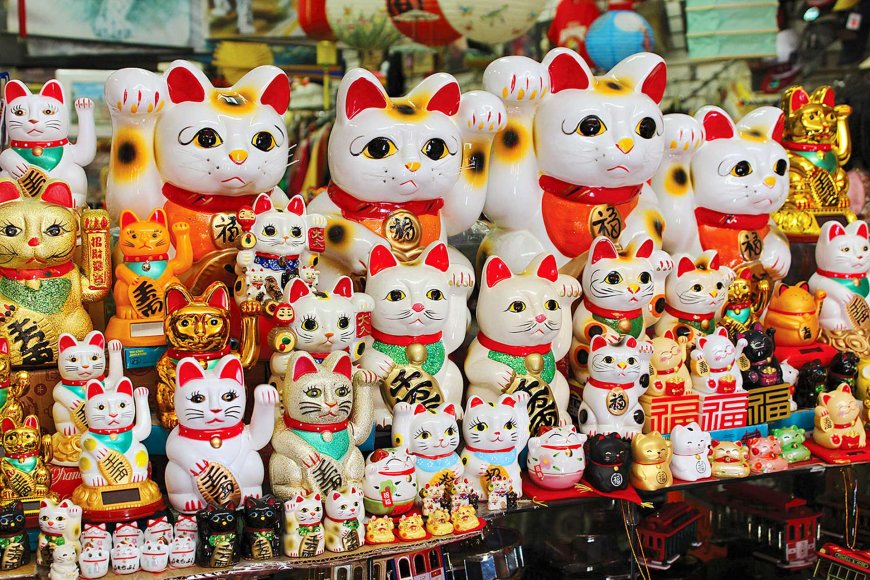
The next time you see a Maneki Neko, take a moment to appreciate the rich history and cultural significance behind this charming figure. It's more than just a cute cat—it's a timeless symbol of luck, prosperity, and the enduring human desire to invite good fortune into our lives.
Find Cheap Flight Tickets to any Destinations in Japan and the Philippines
Nipino.com is committed to providing you with accurate and genuine content. Let us know your opinion by clicking HERE.































































